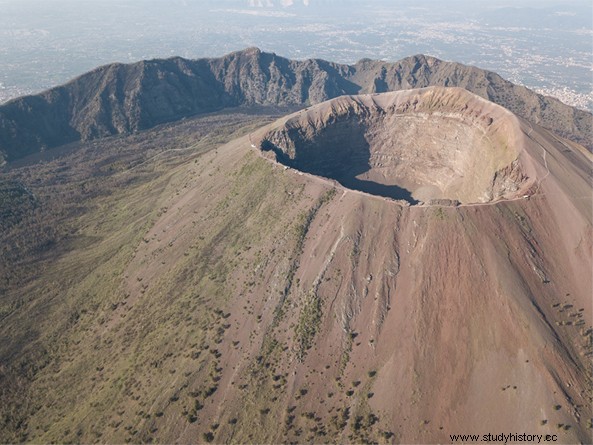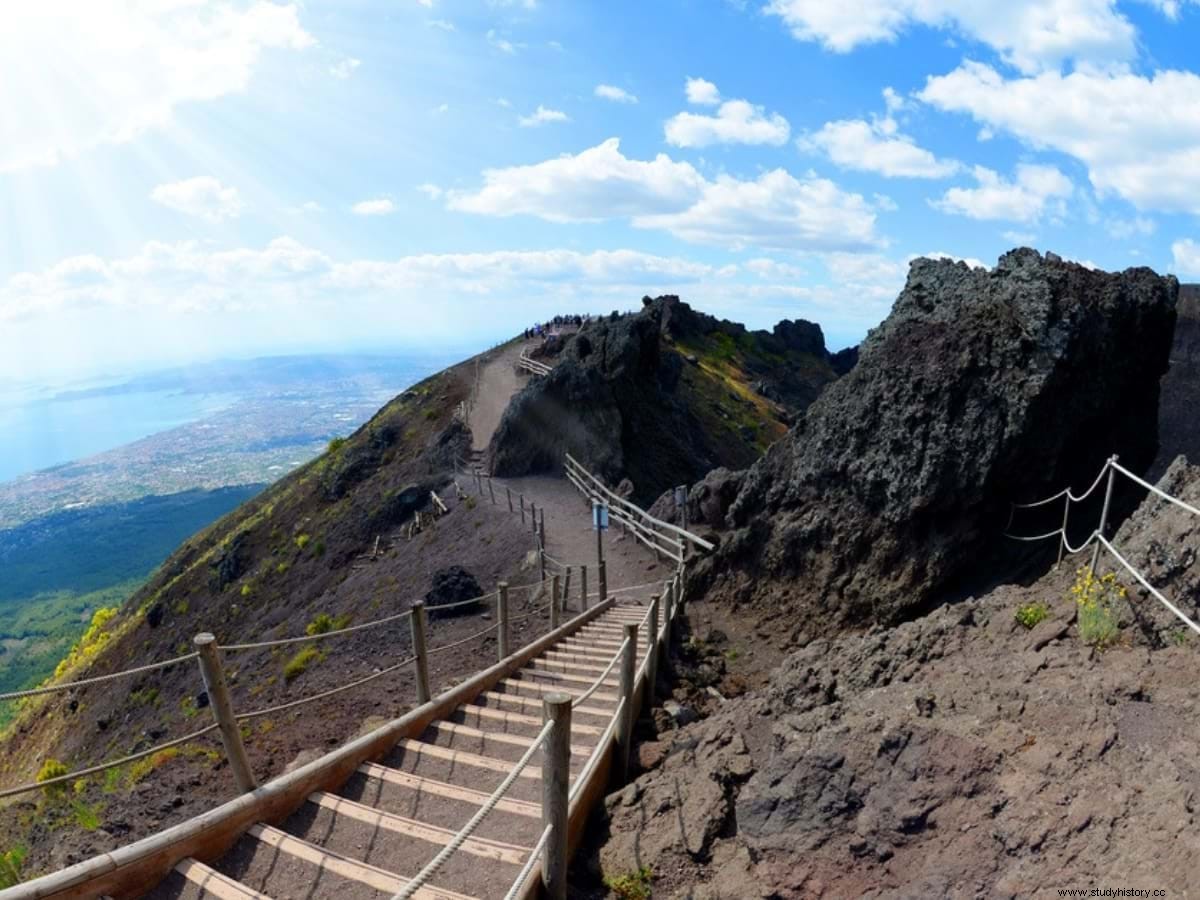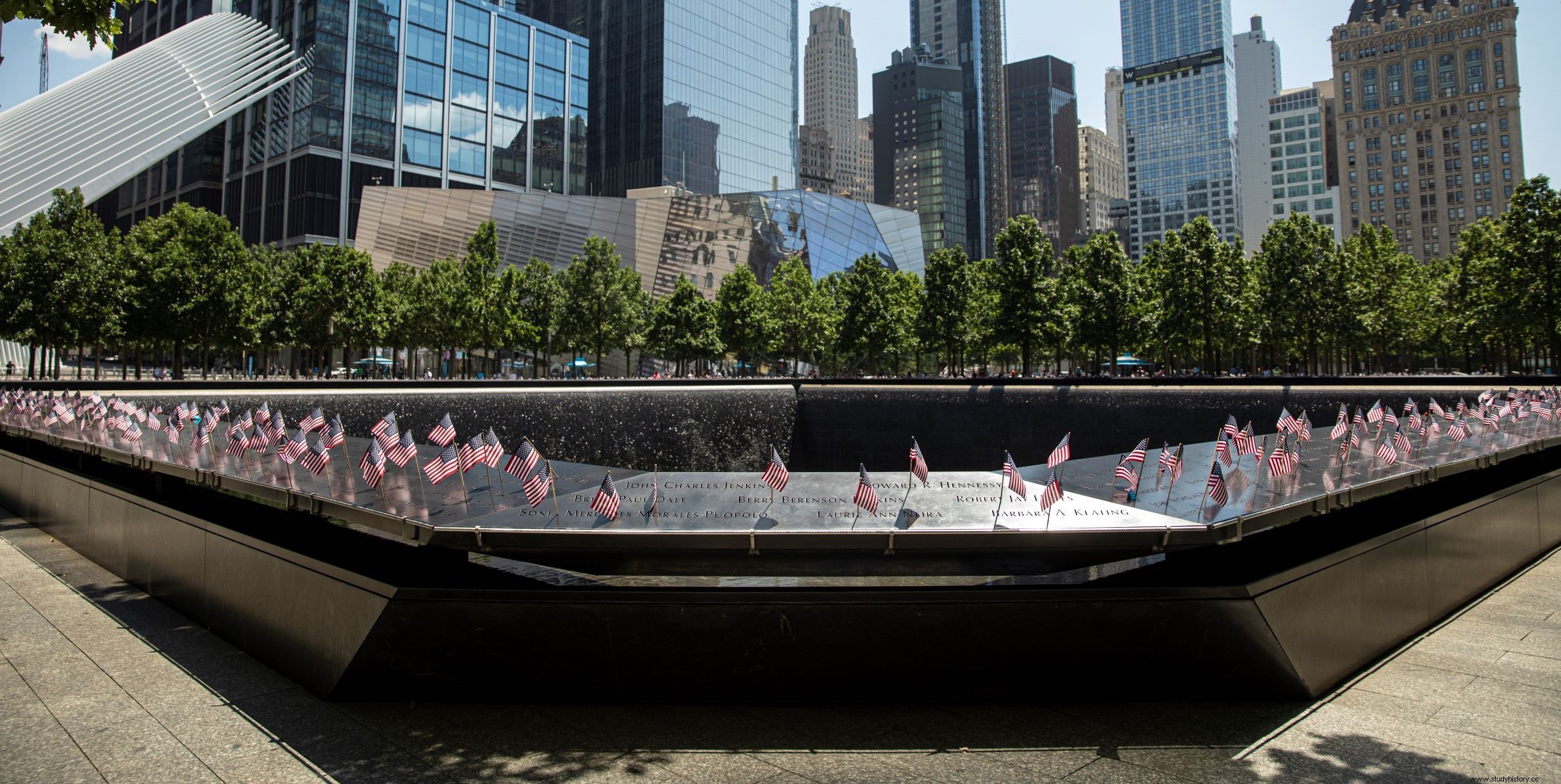I recently saw a Netflix documentary called 'The Dark Tourist', a show dedicated to the modern phenomenon of dark tourism. The series follows journalist David Farrier as he visits unconventional tourist destinations around the world that have a gloomy or scary history. 'The Dark Tourist' shines a light on places and experiences that are usually not well known. Places off the beaten track, you might say. It made me wonder where the term dark tourism came from? What other dark tourist destinations are out there? How popular is dark tourism? In this blog, I hope to answer some of these questions.
Defining Dark Tourism
Dark Tourism is the name of visiting any place that has a history of death, disaster or terror. For example, it could be the home of a natural disaster. Or maybe a place where war, assassination, genocide or torture have taken place. The term was coined in 1996 by Lennon and Foley, two academics at Glasgow Caledonian University. In an article written in 2017, Lennon explained that there has always been a relationship between tourism and death. From crowds cheering for gladiatorial fights in ancient Rome to participating in public executions, death has always fascinated people. So why do tourists choose to visit these places today?

For the most part, visits to a dark tourist destination can emotionally digest the traumatic story that took place there. It allows them to reflect on the more unfavorable aspects of history and immerse themselves in the past and its culture. There are also the educational features of dark tourism to consider. Almost all dark tourist destinations have tours / travel guides and information easily accessible to visitors. These allow tourists to learn about the gloomy details of the past. So why not take a look at some of the best dark tourist destinations in the world?
Paris Catacombs

Origin
At the end of the 18th century, the decision was made to move the remains of the city's cemeteries to other places. This was mainly due to overpopulation. The graves slowly became shallower, and as a result the decomposition of bodies became visible on the surface. The disease also began to spread. The Paris authorities decided on an easily accessible site for this move, the Tombe-Issoire quarries. Removals began in 1785 and began with the largest cemetery in Paris, the Saints-Innocent Cemetery. In April 1786, the new site was consecrated as the 'Paris Municipal Ossuary'. From then on it would be known as the Catacombs, referring to Roman catacombs.

So what should you expect to see?
The catacombs in Paris contain the remains of around six million people. The legs are artistically stacked and laid. This adds a scary and eerie feeling to the walls of disasters. The catacombs sink about 20 meters below the city of Paris. This corresponds to about five floors. The first series of rooms you encounter are exhibition rooms that describe the history of the catacombs. Once you have passed these and negotiated your way along several winding corridors, you will finally reach the entrance to the ossuary. The crypt extends for at least half a mile and is filled with bones and skulls. Sometimes these will be arranged in "barrels", for example in the picture above. The Paris catacombs are well worth a visit and are a major attraction in the well-known city.
'The Killing Fields', Cambodia

From 1975-1979, the Khmer Rouge ruled Cambodia. Under their regime, they killed up to two million people. Driven by their Marxist leader, Pol Pot, they tried to send Cambodia back to the Middle Ages. Millions of people from the cities were forced to work on communal farms in the countryside. The Khmer Rouge had visions of an agricultural utopia:a place where people were self-sufficient in living off the land and money had no function. But this enormous attempt at social reconstruction had a terrible cost. Millions died of starvation, disease, exhaustion, and execution 
Pol Pot declared that society would start anew at 'Year Zero' and isolated Cambodia from the rest of the world. Cities were emptied, money, private property and religion were exterminated and rural communities were gathered. Intellectuals were targeted and killed, including anyone who wore glasses or spoke a foreign language. Today, the focal point of the memorial site is a large stupa or dome-shaped building. This houses the remains of over 8000 victims. Behind this building are the mass graves, where bone fragments can still be seen among the grass. There are information posters that retell the terrible story that is placed all over the property. 'Killing Fields' is a surprisingly popular tourist attraction in Cambodia, allowing visitors to pay tribute to the victims of a dark past.
Bikini Atoll, Marshall Islands

Bikini Atoll is a series of limestone formations that form part of the Marshall Islands in the Pacific Ocean. The US military used the area to detonate several atomic bombs between 1946 and 1958, destroying all wildlife in its wake. What used to be a tropical paradise became a poisonous wasteland. The island's residents were forced to relocate when the United States took over and assigned the islands as a nuclear test site. In March 1946, the bikinis laid flowers on their ancestors' graves, said goodbye and left home, hoping to return one day soon. On June 1, 1946, over 42,000 XNUMX U.S. military corps saw the first nuclear test on Bikini Atoll. It was described as "a terrifying pillar of water topped by a fog of fog and radioactive debris" (jstor.org).

Many explosions followed, including the world's first hydrogen bomb in 1954. Large craters were blown into the coral reefs, more than a kilometer wide. At 15 megatons, the Bravo hydrogen bomb completely destroyed three islands. It was 1,000 times the size of the bombs dropped on Hiroshima and Nagasaki. The damage that was done was easily visible, but the radioactive damage that was left would take decades to investigate. The islands were considered safe to visit in 2016, as long as no food or water is eaten while they are there. The most popular attraction is diving trips, as there are many shipwrecks and craters to be seen on the seabed.
'Day of the Dead', Mexico

Day of the Dead (or Day of the Dead), is a two-day celebration that takes place in Mexico and other parts of Latin America. The Day of the Dead takes place on November 1 and 2, the same days as the Catholic holidays "All Saints Day" and "All Souls Day". It is believed that at this time the boundary between our world and the spirit world is dissolved. People believe that this means that the souls of the dead can return to celebrate with their loved ones. Living family members thus view the deceased as honored guests and leave gifts for spirits to enjoy. It is seen as an opportunity to remember and appreciate those who have passed, and portray death in a much more positive light.

For dark tourists participating in the festivities of the dead, there is much to do and see. Mexico City holds a huge parade every year, with floats, costumed entertainers and dancing in the streets. Michoacan is known for its heavenly culinary delights, such as poblano peppers stuffed with cheese and pan de muerto. Pan de muerto is a traditional sweet bread smeared in sugar and is circular in shape to represent the circle of life. In Oaxaca, families decorate altars with photographs, decorative skulls and food and drink to remember their loved ones. Walking through the Pantheon de Santa Cruz Xoxocotlan at night is a wonderful experience, so you can encounter the traditional atmosphere among the tombs and altars.
Auschwitz Memorial and Museum, Oświęcim, Poland

Auschwitz is notoriously known worldwide as the largest Nazi concentration and death camp. It is estimated that more than one million people lost their lives in Auschwitz during World War II. Originally a detention center for political prisoners, it eventually became a camp chain where Jewish people and other enemies were killed, often in gas chambers. In January 1945, the Soviet army went to Auschwitz. Nazi officials ordered the camp to be evacuated and sent 60,000 XNUMX prisoners to other places on foot. These journeys became known as Auschwitz death marches and countless prisoners died along the way.

Guided tour of the Auschwitz Memorial and Museum
Auschwitz is a massively popular dark tourist attraction. Today it is a memorial site, with grounds open to visitors free of charge. Guided tours are also offered, with the choice of taking them individually or as part of a group. There are two main parts, divided into Auschwitz I and Auschwitz II. Auschwitz I is the older, former concentration / prison camp. This is where the main museum is located. This includes an exhibition showing objects from Auschwitz life, the remains of shoes, suitcases and hair. Aushwitz II, or Auschwitz Birkenau, are the preserved settlements in the former camp.
Pompeii, Italy

The city of Pompeii is historically known to have been destroyed in 79 AD. after the volcanic eruption on Mount Vesuvius. The burial of the city in volcanic ash and debris left it preserved for centuries before it was later discovered in the 16th century. When a group of explorers arrived in Campania in search of ancient artifacts and began digging, they discovered an entire city under the ashes. The buildings were still standing unbroken. Skeletons were suspended where they had fallen. Even bread and glasses of preservatives were found, frozen in time. The objects discovered in Pompeii have helped to educate historians about life in ancient society.

Pompeii and Herculaneum
For dark tourists visiting Pompeii today, there are several choices of places to explore. The ruins of Pompeii cover around 44 hectares and allow you to experience the grandeur of an ancient Roman city on your own. There are preserved temples, theaters, amphitheaters and public buildings that still stand. Another option is the city of Herculaneum. This was a small resort town that covered just over 4 acres. The difference between Herculaneum and Pompeii, however, is that Herculaneum is in a much better state of preservation. This is due to the fact that it experienced a different form of volcanic destruction than Pompeii. Where Pompeii was hit hard by falling rocks and large air bubbles that destroyed most of the upper floors of buildings, Herculaneum was covered with deep layers of ash.

Mount Vesuvius
A trip to Mount Vesuvius is also a popular dark tourist attraction. Vesuvius National Park is well worth a visit, where wildlife and fauna are preserved along with volcanic geological features. You can drive to the park and explore a network of trails while taking in the beautiful scenery that surrounds you. There are also walks in the area, as well as guided hikes to the top of the volcano. Vesuvius is still an active volcano today. With modern technology, however, an outbreak can be predicted well in advance. The last eruption of the volcano was in 1944, and many scientists today say that Vesuvius is well delayed for another explosion.

the conclusion
Dark tourism is a phenomenon that sees thousands of tourists visit places around the world that have a history of death and destruction. Tragic events in human history have always had a sense of morbid fascination, and the tourism that these places receive is proof of that. The six destinations this blog examined are just the tip of the iceberg of the dark tourist mountain found all over the world. Although dark tourism can have an eerie stigma, it is ultimately a way for people to show respect for victims of horrific atrocities, educate themselves about the cultural past, and connect on an empathic level.

I have tried to include various aspects of dark tourism in this blog, from some on the lighter end, such as the day of Mexico's death, to darker aspects of human history. Hopefully, this blog post has shed some light on what dark tourism is all about and provided insight into why it is such a popular movement in today's modern world.
